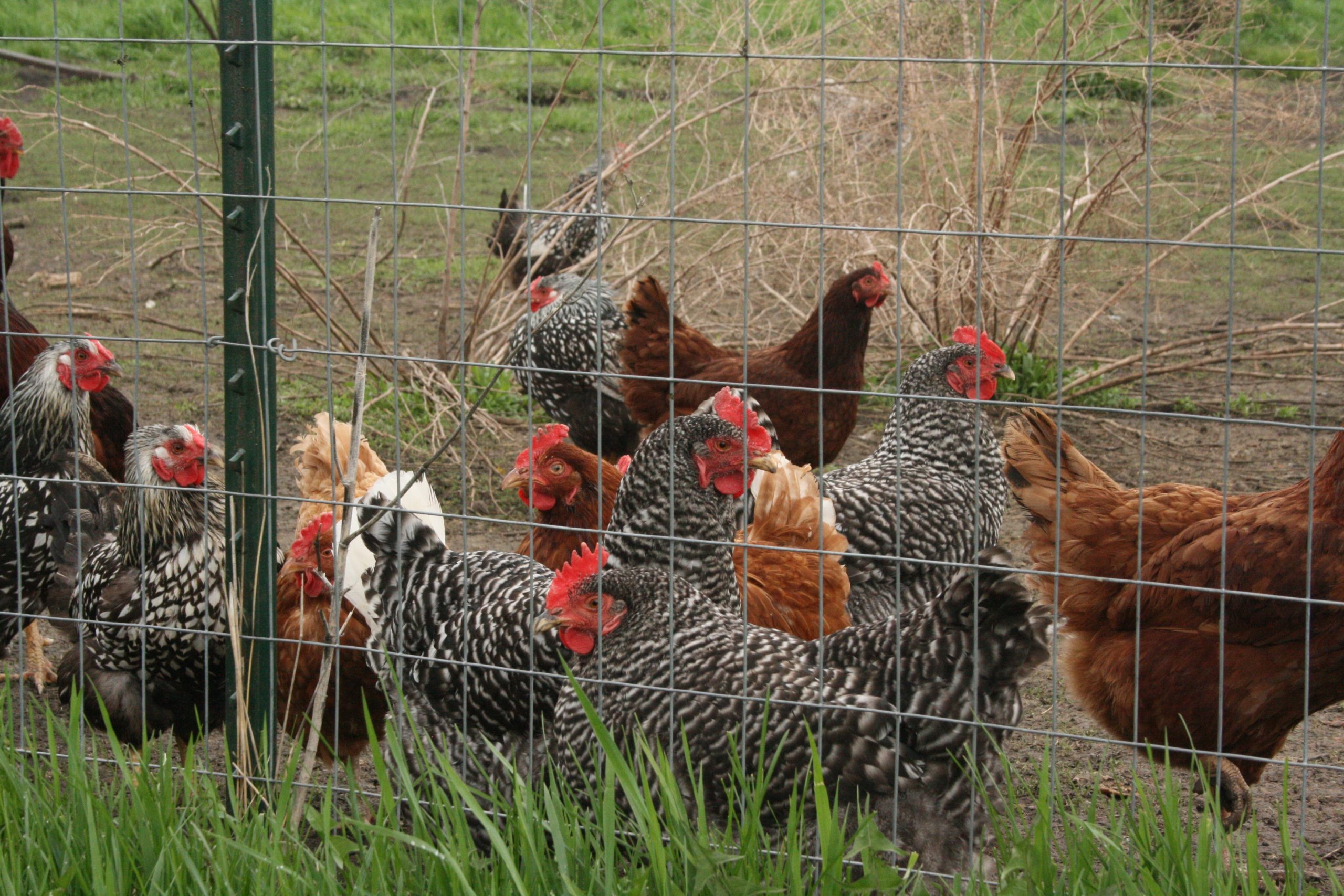Back in February 2014, Chick-fil-A pledged to boldly go where few, if any, fast-food chains have gone before.
“No Antibiotics Ever.” Yup.Chick-fil-A promised its sandwiches would be antibiotic free by 2019.
Around that time pressure was building on the Food and Drug Administration to do something about Big Meat feeding animals antibiotics not because they were sick but to promote increased weight and accelerated growth.
In April 2012, FDA released “The Judicious Use of Medically Important Antimicrobial Drugs in Food-Producing Animals,” a policy to encourage Big Meat to eliminate the use of antibiotics solely to increase growth. The guidance rested on two pillars: only using important antimicrobial drugs to assure animal health and including veterinary oversight in the administration of antimicrobial drugs.
In December of 2013, FDA followed up with Guidance for Industry #213, a detailed strategy on how Big Meat could voluntarily limit antibiotic usage.
All that to say the time was ripe for fast-food companies and restaurants to consider no antibiotic pledges. From Chick-fil-A’s standpoint, a five-year timeline gave the company plenty of publicity while it waited on Big Meat to make up its mind on whether to buy into FDA’s guidance.
Tyson Foods obliged, announcing in September 2017 that all its chicken wings, breasts and nuggets would be produced using “no antibiotics ever.”
And Perdue chicken has been “No Antibiotics Ever” since 2002.
By the time 2019 rolled around, the answer was in. Chick-fil-A would be able to source from suppliers enough antibiotic free chicken breasts to hit the green light. “No Antibiotics Ever.”
Except ever ain’t the same thing as forever.
This past March, just five years after pinky swearing to the public “No Antibiotics Ever,” Chick-fil-A will once again serve up chicken sandwiches that are not antibiotic free.
Why? Chick-fil-A says it comes down to supply. Last summer, Tyson Foods dropped its no antibiotics ever production methods for the far less strict “no antibiotics important to human medicine” label.
Tyson Foods Chief Financial Officer John R. Tyson said the chicken-giant needed to change to the “NAIHM” standard because there were problems with uniformity and consistency living up to a no antibiotics ever standard and that production levels suffered.
In other words: The birds aren’t big enough and they are not growing fast enough.
Chick-fil-A has not been transparent on just where they get all those “No Antibiotic Ever” chickens, but one must think Tyson is on the list. Whether or not Chick-fil-A truly has a supply issue is anybody’s guess. I would think without Tyson it becomes much more difficult. But impossible? Or is it just a matter of lost profitability? I want to say the former but it could just as easily be the latter. I haven’t seen a corporation yet not concerned about its bottom line.
In any event it appears the “no antibiotics important to human medicine” is becoming the default standard for Big Meat.
Earlier this year, Panera Bread quietly pulled back from a no antibiotics ever standard as well.
The World Health Organization published its “Medically Important Antimicrobials list for Human Medicine” this past February, giving NAIHM proponents something more to point at when making its case.
Meanwhile, the Centers for Disease Control and Prevention says, “antimicrobial resistance is an urgent global public health threat, killing at least 1.27 million people worldwide and associated with nearly 5 million deaths in 2019.”
Let’s be frank. If Big Meat were to uniformly adopt “No Antibiotics Ever” production methods, it would go a long way toward reducing antimicrobial resistance. But Big Meat would never, ever do it.
No antibiotics ever isn’t as simple as turning on a light switch. There’s a steep learning curve, the need for better disease control, and consistent high-quality feed, not to mention reductions in stocking densities. The list to the “No Antibiotics Ever” promised land is endless.
If all that sounds expensive, it is. And yes, chicken would cost more both at wholesale and retail. That being said, getting all — ALL — of Big Meat and restaurants and grocery stores on board a “no antibiotics important to human medicine” standard for food animal production should be the realistic goal for USDA and the FDA. If not voluntarily, then legislatively.










